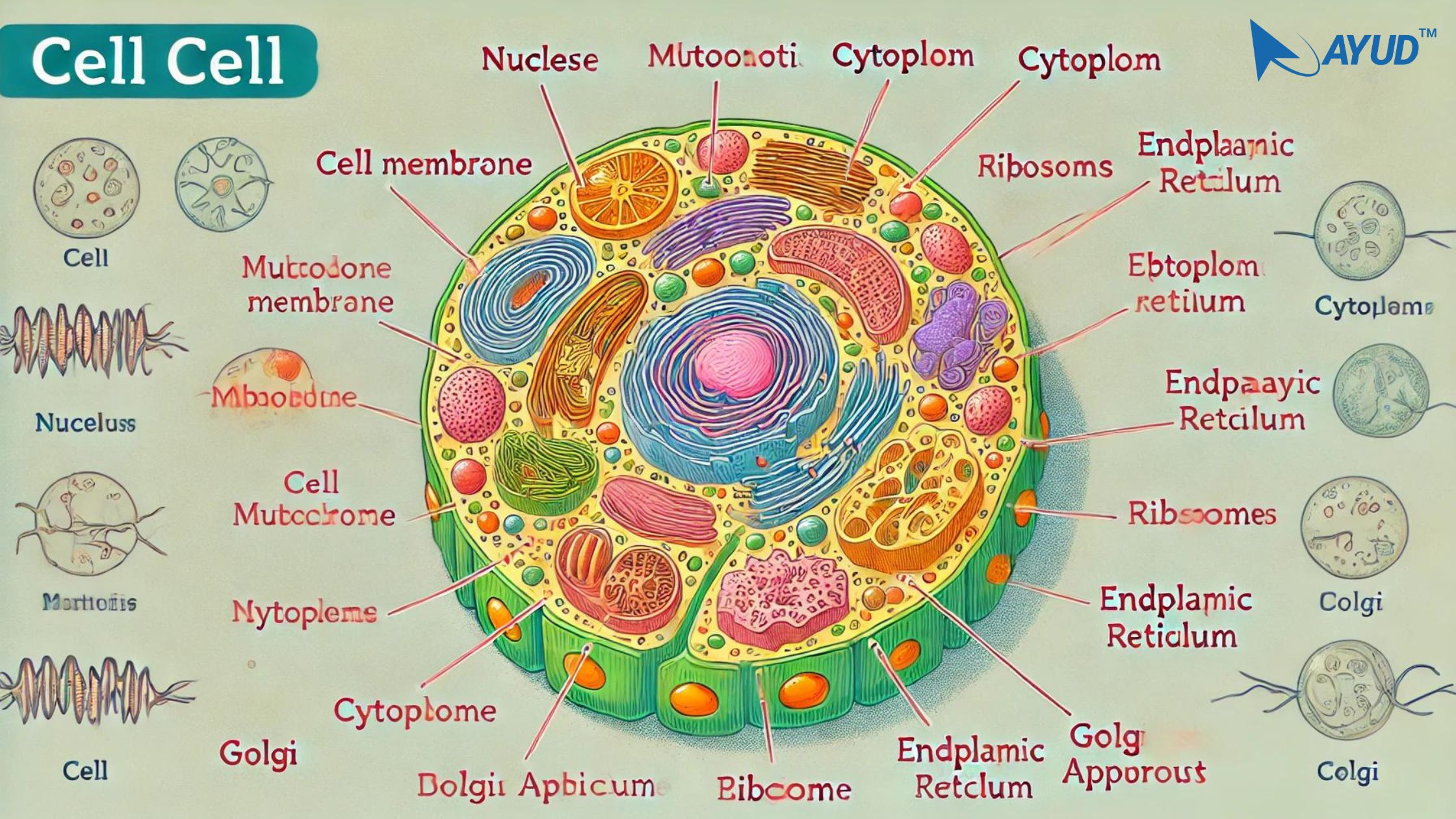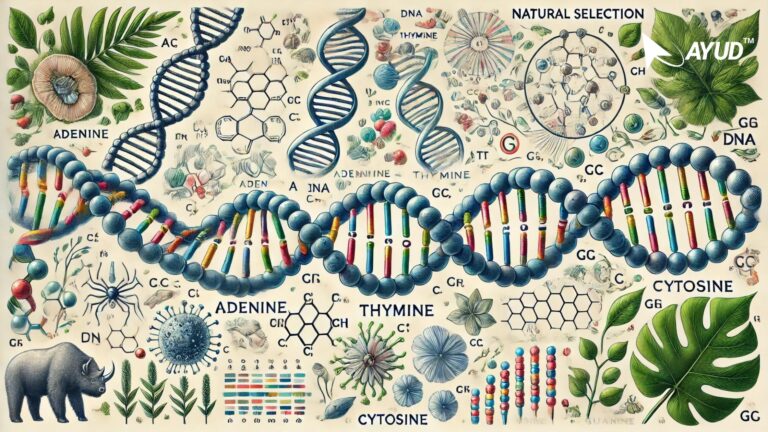Understanding Cell Structure and Function: A Comprehensive Guide
Understanding Cell Structure and Function: A Comprehensive Guide
Cells are the building blocks of life. Whether you’re a student or just curious, understanding cell structure and function is essential. This guide will break down complex concepts into simple, readable content. By the end, you’ll have a clear understanding of what cells are and how they work. Let’s dive in!
What is a Cell?
A cell is the smallest unit of life. It’s the basic building block of all living organisms, from tiny bacteria to giant elephants. Cells come in many shapes and sizes, but they all share some common features. They are like tiny factories, each performing specific tasks to keep the organism alive.
Types of Cells
There are two main types of cells: prokaryotic and eukaryotic.
Prokaryotic Cells
- Simple and small.
- No nucleus.
- Found in bacteria and archaea.
Eukaryotic Cells
- Complex and larger.
- Have a nucleus.
- Found in plants, animals, fungi, and protists.
Cell Structure: Key Components
Cells have several key components, each with its own function. Let’s explore these parts.
Cell Membrane
The cell membrane is like a security gate. It surrounds the cell and controls what goes in and out. Made of a double layer of lipids, it ensures the cell remains intact and functions properly.
Cytoplasm
Cytoplasm is the jelly-like substance inside the cell. It holds all the cell’s components in place and allows chemical reactions to happen.
Nucleus
The nucleus is the control center of the cell. It contains DNA, the genetic material that directs all cell activities. Think of it as the brain of the cell.
Mitochondria
Mitochondria are the powerhouses of the cell. They generate energy by converting nutrients into ATP (adenosine triphosphate). This energy powers all cell activities.
Ribosomes
Ribosomes are the protein factories. They use instructions from the DNA to build proteins, which are essential for the cell’s structure and function.
Endoplasmic Reticulum (ER)
The ER is a network of membranes. There are two types:
Rough ER: Studded with ribosomes, it helps produce proteins.
Smooth ER: Lacks ribosomes, it helps produce lipids and detoxifies substances.
Golgi Apparatus
The Golgi apparatus is the cell’s packaging center. It modifies, sorts, and ships proteins and lipids where they are needed.
Lysosomes
Lysosomes are the cell’s recycling center. They break down waste materials and cellular debris.
Plant Cells: Unique Features
Plant cells have some unique components not found in animal cells:
Cell Wall: Provides extra support and protection.
Chloroplasts: Contain chlorophyll and perform photosynthesis.
Central Vacuole: Stores water, nutrients, and waste.
Real-Life Example: The Human Body
Let’s bring this to life with a real-world example. Consider the human body. It’s made up of trillions of cells, each working together. For instance, muscle cells help us move, while nerve cells transmit signals. Every cell has a specific role, much like employees in a company.
The Importance of Cells
Understanding cells is crucial because they are fundamental to life. They help us understand how organisms grow, reproduce, and function. Advances in cell biology lead to medical breakthroughs, such as treatments for diseases like cancer.
How to Apply This Knowledge
In Education: Use this knowledge to excel in biology classes and exams.
In Everyday Life: Make informed health choices by understanding how your body works.
In Careers: Pursue careers in medicine, research, or biotechnology.
Real-Time Example Story
Imagine a student named Alex who struggled with biology. Alex didn’t understand cells and felt lost. One day, their teacher used a simple analogy: the cell is like a city. The nucleus is the city hall, the mitochondria are power plants, and the Golgi apparatus is the postal service. This clicked for Alex. They started seeing cells everywhere—in plants, animals, and even in themselves. Alex’s grades improved, and they developed a passion for science. Today, Alex is a biologist, making discoveries that could change the world.
Conclusion
Cells are fascinating and essential to life. By understanding their structure and function, you gain insight into the workings of all living things. Whether you’re a student, a professional, or just curious, this knowledge is valuable. Use it to excel in your studies, make informed health choices, and even pursue a career in science. Remember, every big discovery starts with a small cell.
#CellBiology #UnderstandingCells #ProkaryoticCells #EukaryoticCells #CellStructure #BiologyForStudents #CellFunction #LearningBiology #ScienceEducation #MolecularBiology #ayud #ayudjobs #askayud #MultiLanguageSupport #ResumeBuilder #gotestit #ayudian #ayudblog
Self Evaluation:
GoTestIt – NEET Biology / Cell Structure and Function
My Goal Tracker – Stage 0 Level 0
https://ayud.page.link/dA1cLuP2HVTh9to18
How to Use Ayud Jobs: A Comprehensive Guide
Join our what’s app channel for timely updates
Click here to install Ayud Jobs App from Playstore
Mastering Knowledge with GoTestIt: The Ultimate Self Evaluation Tool







